Uncategorized
-
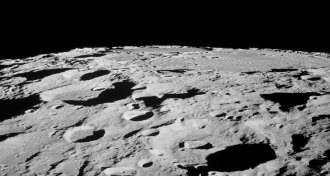 Artificial Intelligence
Artificial IntelligenceAI bests humans at mapping the moon
AI does a more thorough job of counting craters than humans.
-
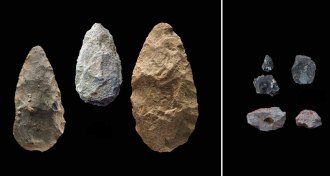 Anthropology
AnthropologyAncient climate shifts may have sparked human ingenuity and networking
Stone tools signal rise of social networking by 320,000 years ago in East Africa, researchers argue.
By Bruce Bower -
 Physics
PhysicsSTEVE the aurora makes its debut in mauve
A newly discovered type of aurora is a visible version of usually invisible charged particles drifting in the upper atmosphere.
-
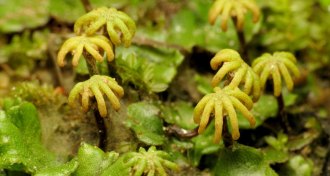 Plants
PlantsLiverwort reproductive organ inspires pipette design
A new pipette is inspired by a plant’s female reproductive structure.
-
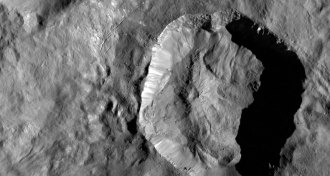 Planetary Science
Planetary ScienceDwarf planet Ceres may store underground brine that still gushes up today
Waterlogged minerals and changing ice add to evidence that Ceres is geologically active.
-
 Astronomy
AstronomyNew Horizons’ next target has been dubbed Ultima Thule
NASA has named New Horizons spacecraft’s next target Ultima Thule after the public suggested tens of thousands of monikers for the Kuiper Belt object.
By Mike Denison -
 Cosmology
CosmologyRenowned physicist Stephen Hawking dies at 76
Beyond his research contributions, Stephen Hawking popularized black holes and the deep questions of the cosmos.
-
 Planetary Science
Planetary ScienceCosmic dust may create Mars’ wispy clouds
Magnesium left by passing comets seeds the clouds of Mars, a new study suggests.
-
 Neuroscience
NeuroscienceBrain waves may focus attention and keep information flowing
Not just by-products of busy nerve cells, brain waves may be key to how the brain operates.
-
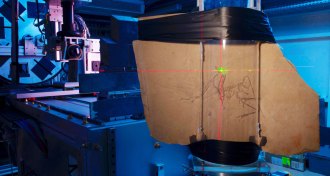 Animals
AnimalsDino-bird had wings made for flapping, not just gliding
Archaeopteryx fossils suggest the dino-birds were capable of flapping their wings in flight.
-
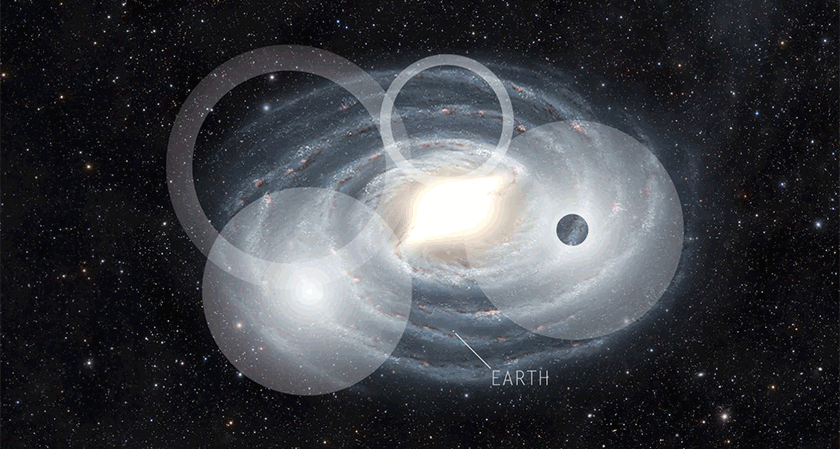 Astronomy
AstronomyWe probably won’t hear from aliens. But by the time we do, they’ll be dead.
Astronomers build on the Drake Equation to probe the chance that humans will find existing aliens. The answer: Not likely.
-
 Neuroscience
NeuroscienceHow biology breaks the ‘cerebral mystique’
The Biological Mind rejects the idea of the brain as the lone organ that makes us who we are. Our body and environment also factor in, Alan Jasanoff says.